Projects Overview C1/II Model-based photogrammetric 3D measurements in highly dynamic processes
C1/II Model-based photogrammetric 3D measurements in highly dynamic processes
Optical 3D measurement techniques provide powerful tools for high-resolution spatio-temporal 3D data capture in short-time dynamic processes. They offer the possibility of simultaneous 3D measurements in impact experiments at a large number of points with at micrometer-level accuracy and a temporal resolution beyond 100 kHz when using stereo highspeed camera systems. On the basis of time-resolved sets of 3D point coordinates, phenomena such as deformations, cracks or wave patterns on probe surfaces can be determined. Established stereo image sequence data processing schemes, however, do not fully exploit the potential of the data as long as model knowledge on the underlying processes is neglected. The goal of the PhD project is to improve the potential of such photogrammetric methods by explicitly incorporating civil engineering model knowledge into the photogrammetric data processing chain.
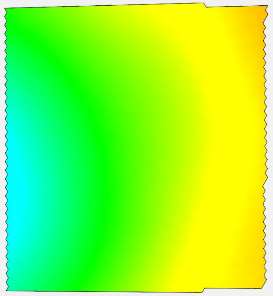
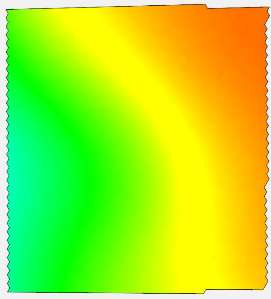
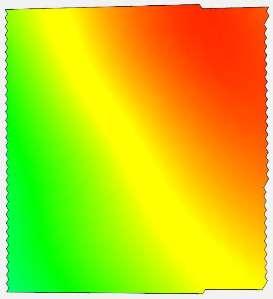
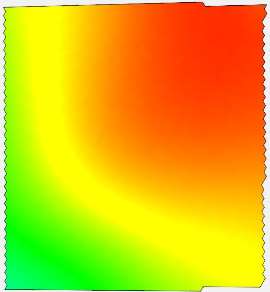
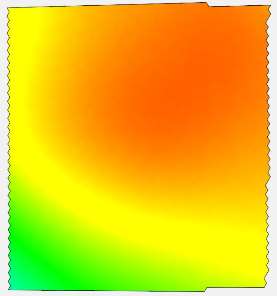
Result of a pilot study (IPF, TUD): sequential deformation states (colour-coded) of a membrane, obtained from stereo high-speed camera image sequence data processing (ca. 10x10cm2, vertical deformation ca. 3mm, 2500 Hz)
In order to improve the potential of photogrammetric measurement techniques in civil engineering material testing, the geometric model of photogrammetry will be combined with mechanical knowledge on the deformation model. This is achieved by directly introducing the parameters of the deformation model as unknowns into the photogrammetric data processing process, circumventing the determination of the 3D coordinates of a large number of discrete points and thus drastically reducing the number of unknowns. From a stochastic point of view, this comes with the advantage of a much higher redundancy and an implicit consideration of covariance in the parameter estimation process, thus significantly increasing precision and reliability. This is of special relevance when using optical measurement techniques at their applicability limits, for instance in short-time dynamic processes with rather small but fast deformations. The project develops novel integrative approaches for processing stereo highspeed camera image sequences with implicit exploitation of model knowledge on the phenomena at hand. These approaches combine photogrammetric data processing strategies with model knowledge from mechanics.
Contributors
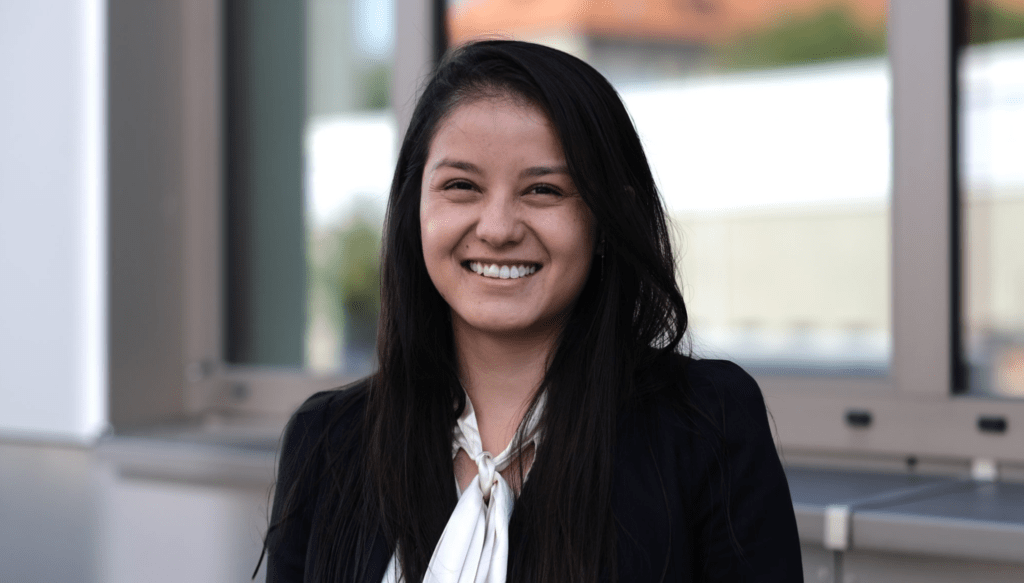
© Tin Trong Dinh
Doctoral Researcher
(2020-2023)
Laura Camila Duran Vergara, M.Sc.
Contact
Faculty of Environmental Sciences, Institute of Photogrammetry and Remote Sensing
TU Dresden
Helmholtzstraße 10
01062 Dresden
Germany
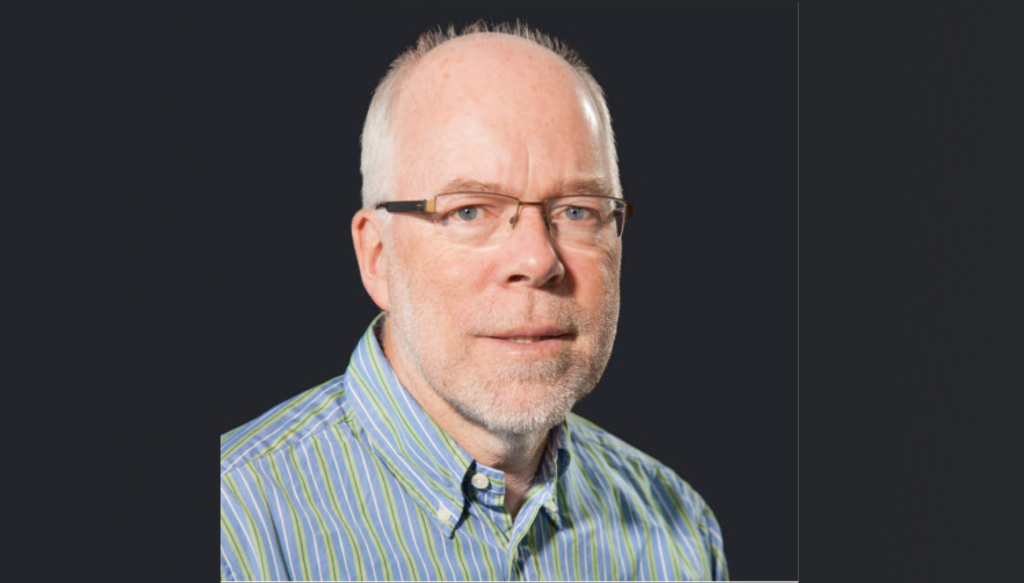
Principal Investigator
Prof. Dr. habil. Hans-Gerd Maas
Contact
Institute for Photogrammetry and Remote Sensing
Helmholtzstraße 10
01069 Dresden
Germany
- hans-gerd.maas@tu-dresden.de
- Institute
- +49 351 463 32859
- +49 351 463 37266
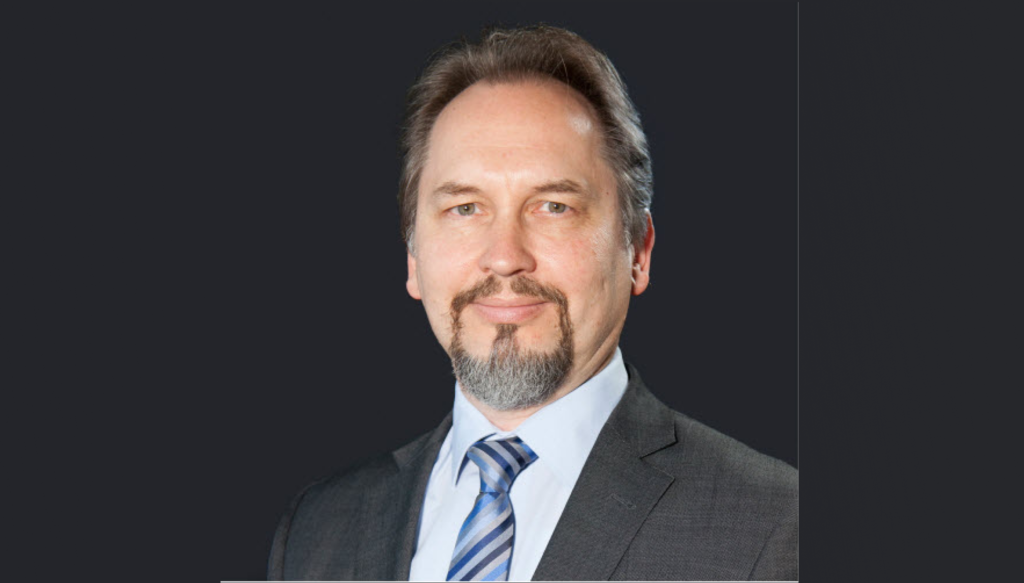
in cooperation with
Univ.-Prof. Dr.-Ing. Viktor Mechtcherine
Contact
Institute of Construction Materials
Von-Mises-Bau, 3rd Floor, Room 315A Georg-Schumann-Straße 7
01187 Dresden
Germany
- Mechtcherine@tu-dresden.de
- Institute
- +49 351 463 36311
- +49 351 463 37268

